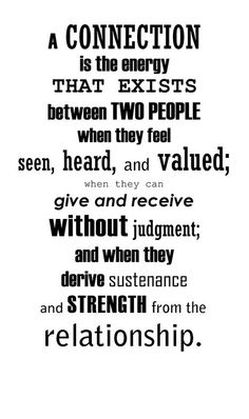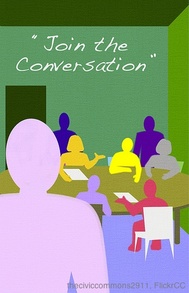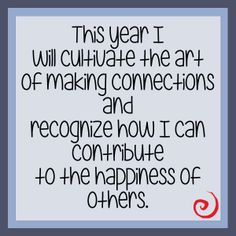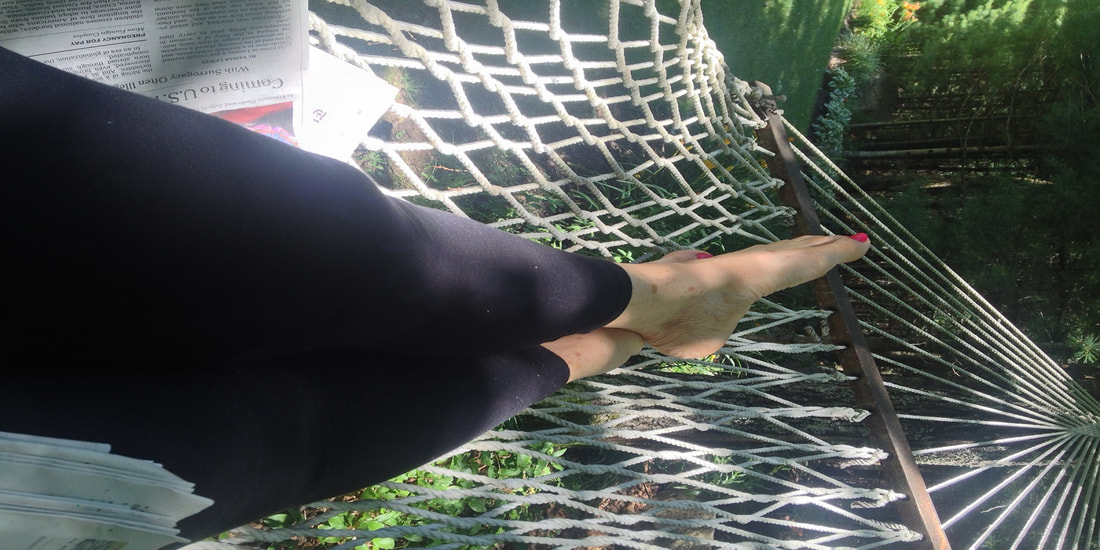 As a young teacher I learned early on in my career, that connecting to each and every student on a personal level, gave me their permission to teach them something, and in building that connection, I was taught by them. When the energy flowed between us was positive, it was like a puzzle falling into place, love in action. Human connections in all facets of life mirror this teacher-student relationship. Sometimes your role is teacher and sometimes you are the student. Born into a family and a community, you have instant connections that can grow over time into a foundation for a harmonious life. Although we do not choose these connections, we do contribute to their strength by how we manage the ebb and flow of energy between the roles of learner and teacher. Energy is love. To cherish and cultivate these basic instant connections is a labor of love. To participate without judgement is the challenge. Passing judgement interrupts this flow of energy and can even break a connection. A power outage, even a short one, is at the very least annoying, and is forgotten when the power flows again. But, a broken connection to a loved one breaks hearts, and is remembered always. Perhaps more difficult to nurture is a bad connection, fraught with drama, unpredictable behaviors, and disrespect for cultural mores. Know that your role in these relationships is both teacher and learner. It will help maintain the connection. While these basic family and friends connections form the foundation for your quality of life, seeking new connections will enrich your life and feed your soul. Dare to seek and welcome new friends, who can be both teacher and learner to you. You will feel their energy. Act on it. Make the connection and cultivate it! Advice whether or not you ask: Giving and receiving without judgment in relationships creates fertile ground for a life of harmony, but with judgment aboard, life's journey get rough. Do everything you can to keep the energy flowing!
6 Comments
 This week I learned for the first time about a phenomenon called Code Switching and I learned it experientially on a Twitter chat (#educolor). Initially I thought it was about HTML coding (a safe topic) until Google informed me that it was about switching between two languages or behavior patterns, depending on the context (where you are and who you are with). Being a teacher of English and Social Studies, naturally I was intrigued by the language and cultural implications, so I signed in and mostly lurked on the chat. WOW! I quickly realized I was inside a conversation of such relevance that it needs to be held beyond that one time Twitter chat. And it needs to explode out of Twitter into the workplace, especially into schools (still my thing). Here are a few excerpts . . . Q1: Define Code Switching
To understand Code Switching is to know yourself. We all do it! I Challenge you to start by reading the April #educolor Storify (organized summary of top tweets) on Code Switching. You do not need a Twitter account; it is online. Advice whether you ask or not: Sign up to Twitter today - the best resource on the web. Design your own Personal Learning Network! |
Random Reflections by EttaBlogging about transitions, education, and life. Giving advice, whether or not you ask. Current topic: Whatever is on my mind. Archives
May 2020
Categories |



 RSS Feed
RSS Feed